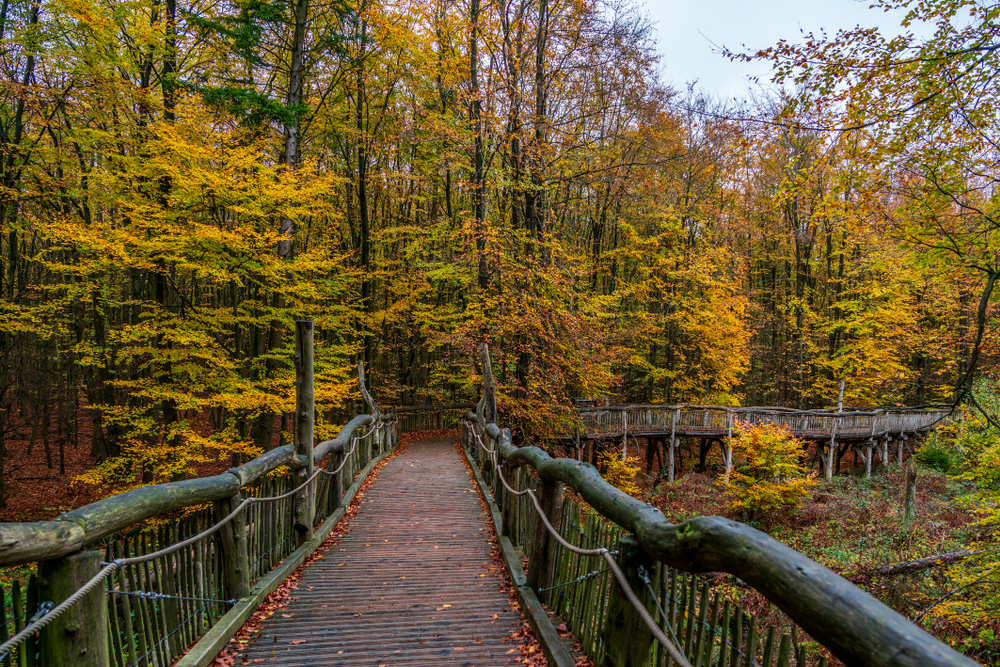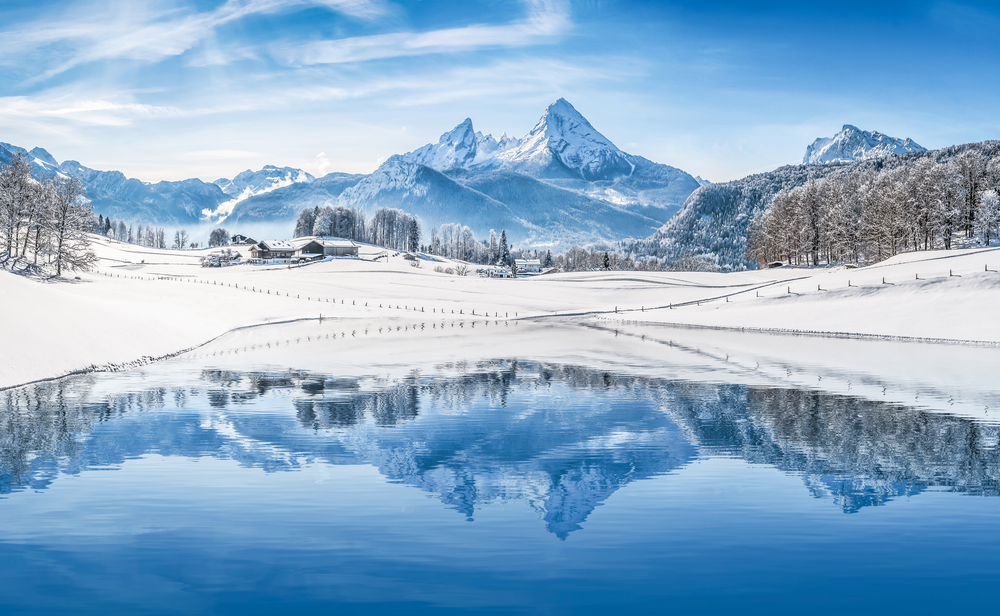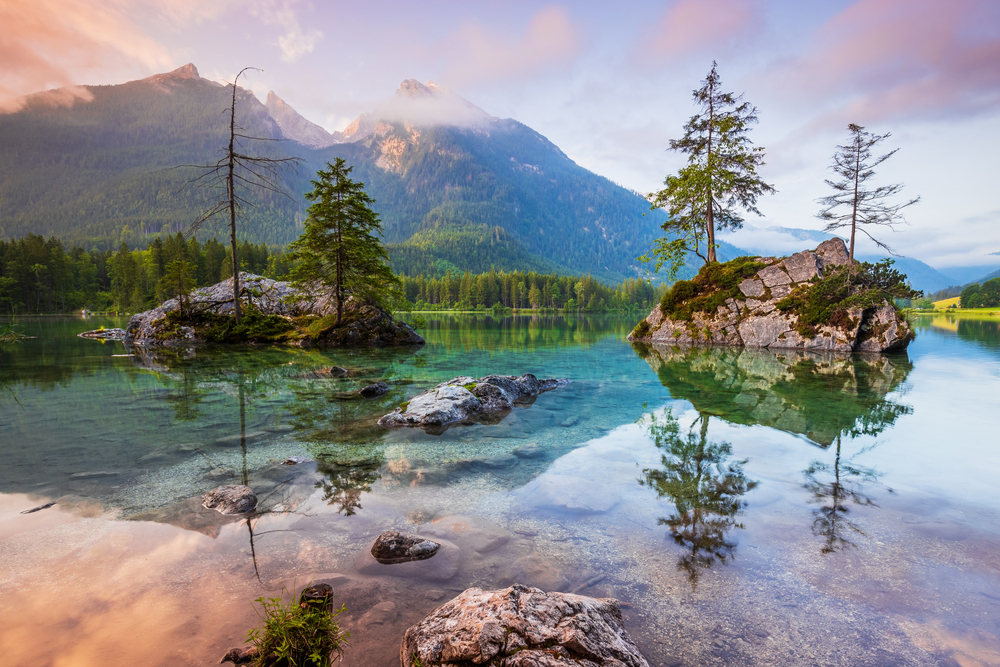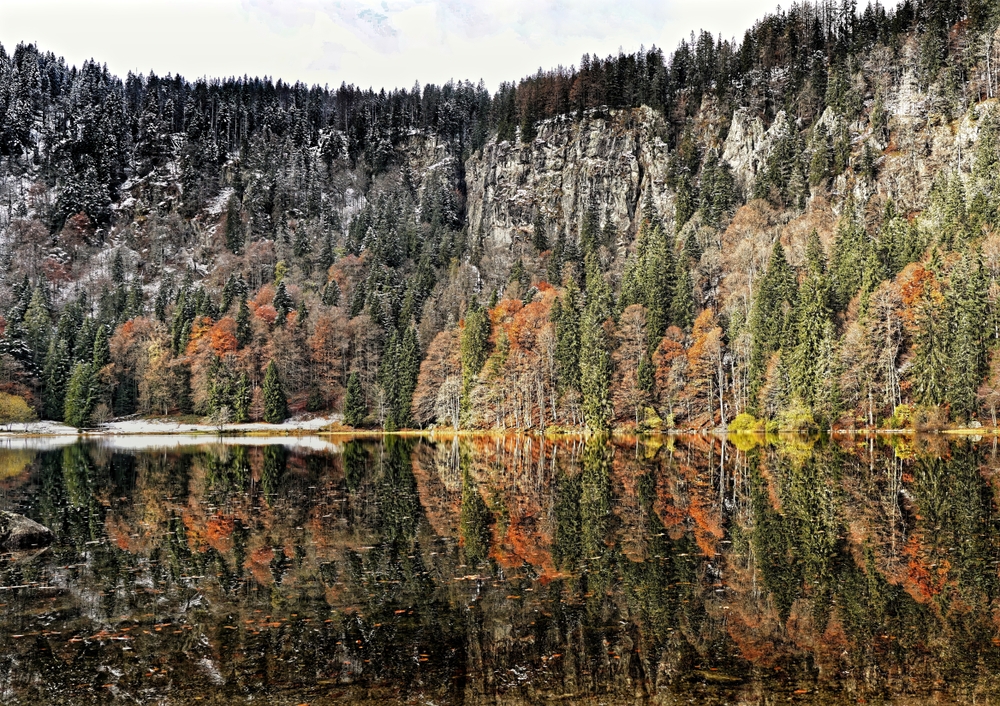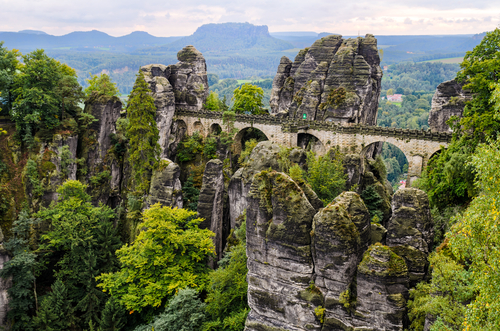Eifel Overview
Eifel National Park, known as Nationalpark Eifel in German, is a protected area in western Germany, spanning approximately 50 square miles (130 square kilometers). Located in the North Rhine-Westphalia region near the Belgian border, the park is part of the Rhenish Slate Mountains.
It was established in 2004 and is the first and only national park in this state. The park features a diverse and dramatic landscape of rolling hills, dense beech forests, and deep valleys carved by rivers such as the Urft and Rur.
One of its most notable geographic features is the Dreiborn Plateau, an open grassland area that contrasts with the surrounding woodlands. Other striking natural elements include the remnants of ancient volcanic activity, which have shaped the region’s rugged terrain. The park is also home to pristine lakes, such as Lake Rur and the Urft Reservoir, which enhance its scenic beauty.
The park’s vegetation is dominated by mixed deciduous forests, with beech trees being the most prevalent, alongside oaks and spruces. These forests create a vibrant ecosystem that supports a range of plant species, including rare orchids and mosses that thrive in the moist environment.
Open meadows and heathlands further contribute to the park’s biodiversity, providing habitats for a wide array of wildlife. Eifel National Park is particularly known for its efforts to restore native forest ecosystems, gradually replacing non-native conifers with indigenous hardwood species to foster a more natural landscape.
Wildlife is a major draw for visitors to Eifel National Park. One of the most iconic mammals found here is the wildcat, a species that has successfully made a comeback due to conservation efforts. Red deer, roe deer, and wild boars are also commonly seen throughout the park.
The diverse bird population includes species such as the black stork, kingfisher, and the majestic eagle owl, one of Europe’s largest owls. The park’s rivers and lakes support amphibians like the fire salamander, while bats, including the rare Bechstein’s bat, thrive in the dense woodlands.
One of the park’s most popular attractions is the “Wilderness Trail,” a four-day hiking route that takes visitors through the park’s most breathtaking landscapes, offering panoramic views and encounters with wildlife.
The historical sites within the park, such as the ruins of Vogelsang, a former Nazi training camp that has been repurposed into an educational center, provide insight into the region’s past. Additionally, the Dark Sky Park designation makes Eifel a prime location for stargazing, with minimal light pollution allowing for spectacular night-sky views.
Visitors can engage with Eifel National Park in various ways, including hiking, cycling, and guided nature tours. The park has an extensive network of well-marked trails suited for all experience levels, from easy walks to challenging treks.
Canoeing and birdwatching are also popular activities, particularly around the park’s lakes and wetlands. Educational programs and exhibitions at the National Park Center provide deeper insights into the park’s ecology and conservation efforts.
Eifel National Park has made significant strides in conservation, particularly in rewilding and habitat restoration. The transition from managed forests to natural woodlands has improved biodiversity, and the protection of sensitive species like the wildcat and black stork has been successful.
However, challenges remain, including the effects of climate change and forest pests, which threaten tree populations. Despite these challenges, the park’s management continues to focus on sustainable practices, ecological education, and community engagement to preserve this unique landscape for future generations.








































































